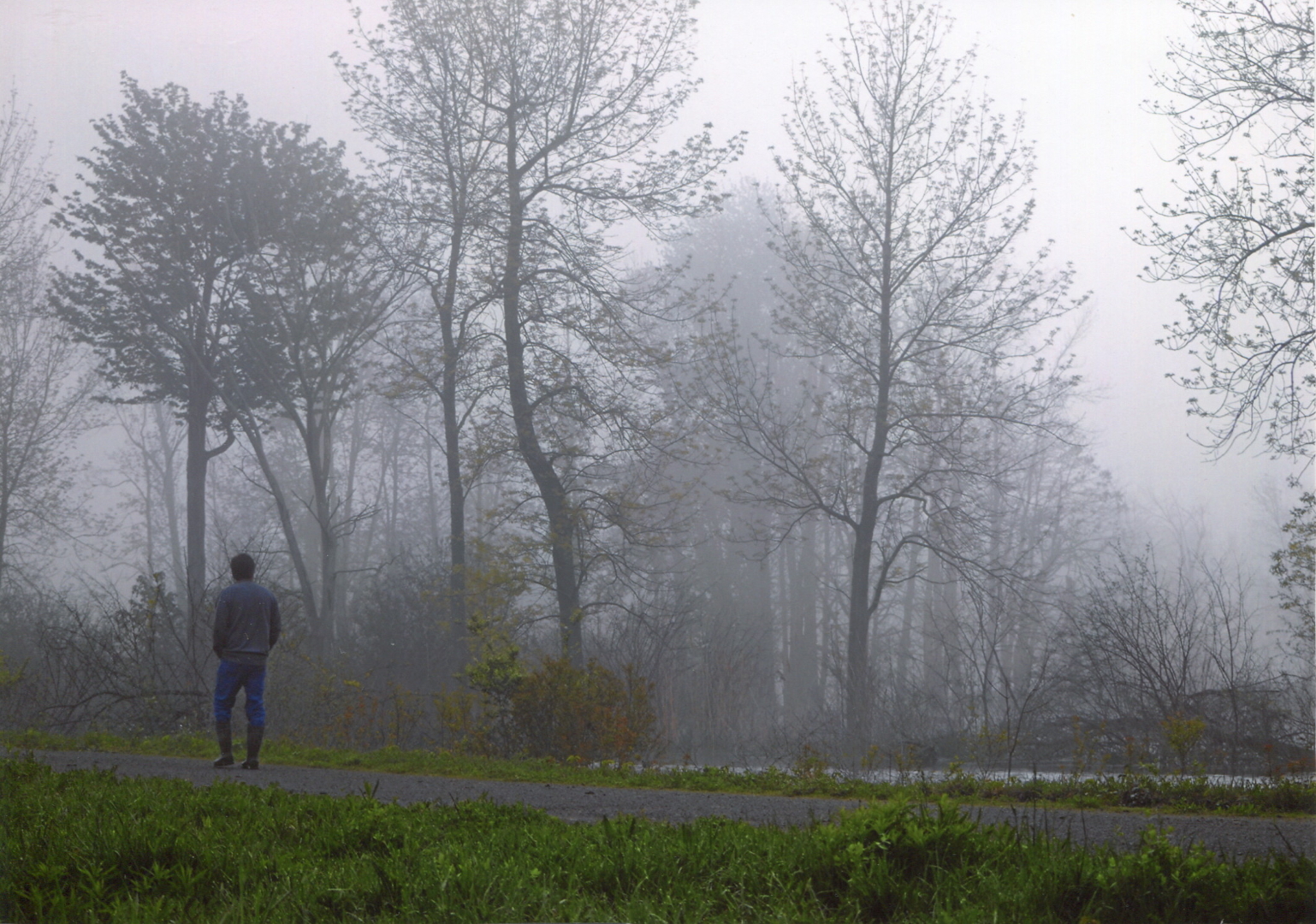
Photographer: Melissa Zakrzewski
There are many words used to define a protected place of nature. Sanctuary, Preserve, Refuge – just to name a few. And exactly what gets protected varies greatly depending on the words used. Let’s take a look at some of the protected “natural” areas that we may find around western NY.
Let’s start with a familiar one: Wildlife Refuge. The places called refuges that we are likely to see in NY, are typically federally managed properties of the National Wildlife Refuge system. If you are reading this article, you are probably already familiar with one. (I mean Iroquois NWR of course!)
Click here to become a member!
Click here to donate!
Well, what does refuge mean? According to the Fish and Wildlife Services (who oversees the refuge system):
The mission of the National Wildlife Refuge System is to administer a national network of lands and waters for the conservation, management and, where appropriate, restoration of the fish, wildlife and plant resources and their habitats within the United States for the benefit of present and future generations of Americans.
FWS
So, while “refuge” may occur for some species, the main purpose of the refuge system is to MANAGE our natural resources. In the National Refuge System, our animals and land are technically being conserved, or used responsibly, versus preserved. Fishing, hunting and trapping are typically allowed – but managed according to state and federal laws.
What is a preserve then? If you run across a property that calls itself a preserve, it might be a hunting preserve, like Pheasants on the Flats in Batavia. Preserves like this are licensed by the DEC:
This license authorizes an individual to operate a commercial or private shooting preserve for hunting captive-bred game birds.
NY DEC

Shooting or hunting preserves like this are not preserving animals or other wildlife, but instead are preserving the tradition of hunting and shooting.
In NY state, you might see “preserves” that are state owned, and operated by the NY Department of Environmental Conservation. Nature Preserve, and Forest Preserve are the most common names you’ll see here. So, what does preserve mean in the name of these state managed properties? Well, there are a few different preserves in the DEC system. Some are large, like the Adirondack and Catskill parks. And some are small, like the Reinstein Woods Nature Preserve in Cheektowaga. The “preservation” in this case applies to the attempt at preserving the natural state of the land. In the case of the wildlife, while there are certainly some protections in place, we are back to more of a “conservation” philosophy. In the large preserves, state fishing, hunting, and trapping laws apply. The smaller preserves generally offer wildlife a bit more protection due to their proximity to more populated areas where hunting is not allowed.

There are non state owned preserves as well. The Western NY Land Conservancy has done a lot of work conserving land in our area, and several of their properties are labeled as “preserves”. Because these properties – while open to the public – are privately owned, they tend to have some of the strictest rules on conserving AND preserving the land and wildlife found there. One interesting thing about the properties WNYLC manage, is they have a mix of preserves AND sanctuaries. Wait, what?
Ok, what is a sanctuary then? If you see a “wildlife sanctuary” in NY, it will usually be a privately owned property. It may be like the WNYLC sanctuaries, but in other cases they may be for some type of animal rehabilitation. Some for wildlife, some for farm animals (like Lakeview Animal Sanctuary), and some are even dedicated to rehabilitation of exotic pets. While it technically doesn’t have sanctuary in its name, Hawk Creek Wildlife Center is commonly considered one, and is one of the premier wildlife rehabilitation centers in western NY. Animal sanctuaries are sometimes confused with animal shelters. Sanctuaries tend to be a more permanent solution for injured animals, while shelters are typically temporary solutions for homeless animals until they find a new home.
This just scratches the surface on some of the nature focused properties you may visit in your travels. State forests, national forests, wildlife management areas, national monuments, national parks, county forests, county parks… there are a lot of great ways to get outside and enjoy nature! But never forget, the biggest threat to these resources, is us and our fellow human beings. So if there is a special place you like to visit when you need to “get back to nature”, think about how you can help keep it the way you enjoy it. Donate! Volunteer! Let’s keep our Preserves, Sanctuaries, and Refuges available for our friends in nature, and our future generations.


